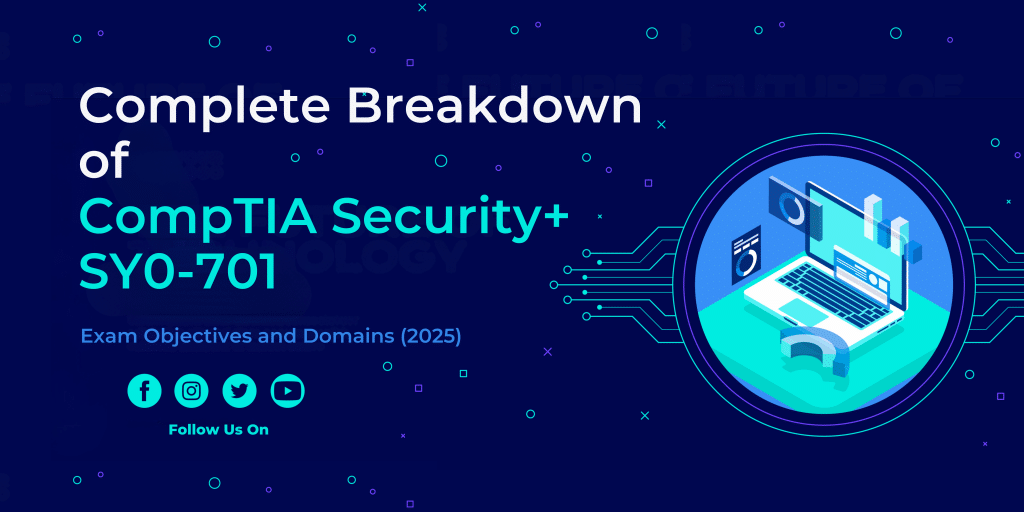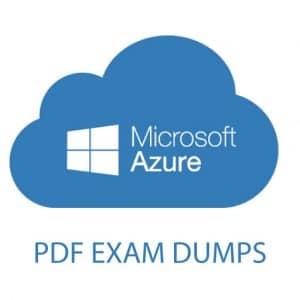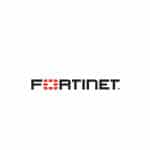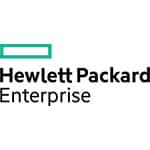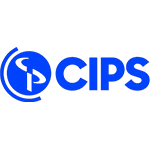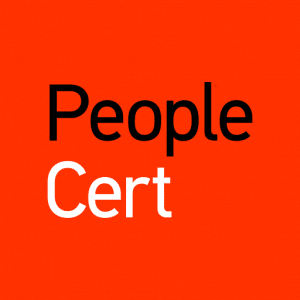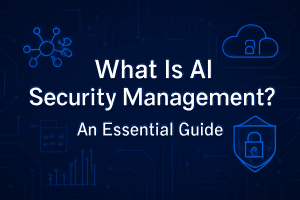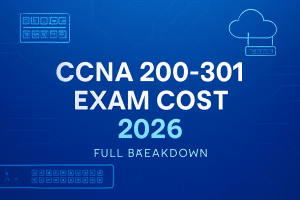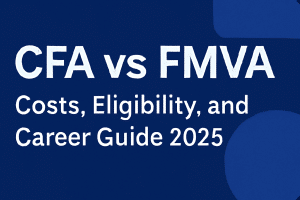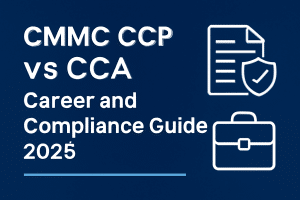TL;DR:
SY0-701 is divided into five domains, each with a different weighting toward your total score. Knowing what each domain covers and its importance helps you focus your study time effectively. The domains range from technical threat mitigation to governance and oversight. If you understand each objective deeply, you’ll feel more confident going into the exam.
Why Knowing the Domains Matters

Think of the exam domains like a map. Without one, you might wander. With this map, you can plan your journey, focus on the biggest parts first, and avoid surprises on test day.
Understanding the domains helps you:
- Prioritize study effort: spend more time on high-weight domains (e.g., Security Operations).
- Align your practice: get comfortable with the kinds of questions & scenarios you’ll see.
- Identify weak areas early — then fill in the gaps before exam day.
According to CompTIA’s official exam objectives, the five domains in SY0-701 are weighted and structured to reflect today’s security needs.
To explore how these objectives fit into the full certification journey, check the complete SY0-701 exam information page.
Exam Domains & Their Weightings
Here’s how the exam is divided (percentages show how much of your exam score comes from each domain):
| Domain | Weight (%) | What It Means for You |
|---|---|---|
| General Security Concepts | 12% | Basics & fundamentals — CIA triad, control types, change management. |
| Threats, Vulnerabilities, and Mitigations | 22% | All about knowing what can attack you, how, and how to defend. |
| Security Architecture | 18% | Design of secure systems/networks, cloud, secure protocols. |
| Security Operations | 28% | The largest portion: daily operations, incident response, monitoring. |
| Security Program Management and Oversight | 20% | Governance, risk, compliance, policies, awareness. |
What’s in Each Domain (Detailed)
Let’s look under the hood of each domain. I’ll break down key sub-topics, what you need to know, and how they might show up in the exam.
1. General Security Concepts (≈ 12%)
What’s inside:
- The CIA triad – confidentiality, integrity, availability. These are foundational concepts you’ll see constantly.
- Types of controls: preventive, detective, corrective; also technical, operational, and administrative.
- Change management, secure protocols, and secure system hardening.
- Cryptography basics — symmetric vs asymmetric, hashing, digital signatures.
- Modern threats in a conceptual way, such as zero-trust models.
Why it matters:
It’s smaller in weight, but these fundamentals are the language of security. Almost every scenario in other domains builds on them. If you mess this up, you’ll struggle elsewhere.
2. Threats, Vulnerabilities, and Mitigations (≈ 22%)
What you’ll need:
- Common types of threats — malware, social engineering (phishing, etc.), and insider threats.
- Vulnerability assessments, security scanning, indicators of compromise.
- Attack surface concepts: what assets are exposed, what attack vectors are most common.
- Mitigation strategies: patching, firewalls, endpoint protection, and secure configuration.
How it may appear:
Multiple-choice or performance-based questions asking you to analyze a scenario (e.g., “Given this network, what vulnerability is most likely being exploited?”).
3. Security Architecture (≈ 18%)
Key areas:
- Building secure network topology: VLANs, segmentation, DMZs, isolation.
- Secure systems design, including cloud/hybrid environments — how trust boundaries differ, secure design of services.
- Secure protocols: TLS, VPNs, secure wireless.
- Resiliency: redundancy, backup & recovery, failover planning.
Tips:
Draw diagrams. Think in visuals. Architecture often asks you to choose the most secure design among several.
4. Security Operations (≈ 28%)
This is the biggest chunk. It includes:
- Incident response lifecycle: preparation, detection, containment, eradication, recovery, lessons learned.
- Log management & monitoring: SIEM, security event correlation, detecting anomalies.
- Tools & frameworks: vulnerablity scanning, forensics basics, digital evidence & chain of custody.
- Responding to real-world events, communication, escalation.
Why you need to nail this:
It’s both heavy and practical. Employers want people who can do this stuff. So you should spend a larger part of your prep time here.
5. Security Program Management and Oversight (≈ 20%)
What this domain includes:
- Governance: policies, standards, baseline configurations, audits.
- Risk management & assessment: risk identification, mitigation strategies, business continuity.
- Compliance: frameworks like GDPR, HIPAA, PCI-DSS (depending on region), privacy, and legal concerns.
- Security awareness & training: phishing awareness, behavior anomalous detection, insider threat prevention.
Importance:
Organizations know tools & technology are not enough. Governance and oversight ensure controls are effective, consistent, and compliant.
SY0-701 vs Older Versions: What’s Changed (so You Don’t Miss the New Stuff)
If you studied for SY0-601 or older Security+ exams, some things are the same—but SY0-701 has multiple updates you should be aware of:
- Fewer objectives overall — things are more streamlined now.
- More emphasis on operations & oversight — domain weights have shifted toward real-world practice.
- New/expanded content in cloud security, zero trust, threat hunting, and automation.
- “Implementation” is less standalone as a domain, but its content is distributed into architecture and operations.
How to Use This Domain Breakdown to Study Smarter
Here are your actionable tips to make the most out of knowing the domains:
- Start with the heavy hitters — Domain 4 (Security Operations) & Domain 2 (Threats, Vulnerabilities and Mitigations). They carry ~50%+ of the exam weight together.
- Use the official Objectives PDF from CompTIA first to get all subtopics.
- For each domain, write down key concepts and make flashcards or mind maps.
- Mix theory with practice: use labs, PBQs, simulations especially in operations and architecture.
- Review updates: ensure you know the newer content in SY0-701, especially around emerging threats, cloud, zero trust.
Summary & Next Steps
Knowing what each domain covers—and how much weight each holds—gives you a strategic advantage. You can allocate your study time confidently, build up weak areas, and not waste time on less critical topics.
Useful Links to Explore More
- Full objectives: [Complete Breakdown of CompTIA Security+ SY0-701 Exam Objectives and Domains (2026)] →
https://certempire.com/sy0-701-exam-objectives-domains-2026/
- Cheat sheet for exam day prep: [Pass Security+ on Your First Attempt: SY0-701 Exam Cheat Sheet [2026 Updated]] →
https://certempire.com/pass-security-plus-first-attempt-sy0-701-cheat-sheet-2026/
- What to do after the cert: [Done With Security+ Exam? Here Are 10 Things You Can Do Next] →
https://certempire.com/done-with-security-plus-exam-10-next-steps/

